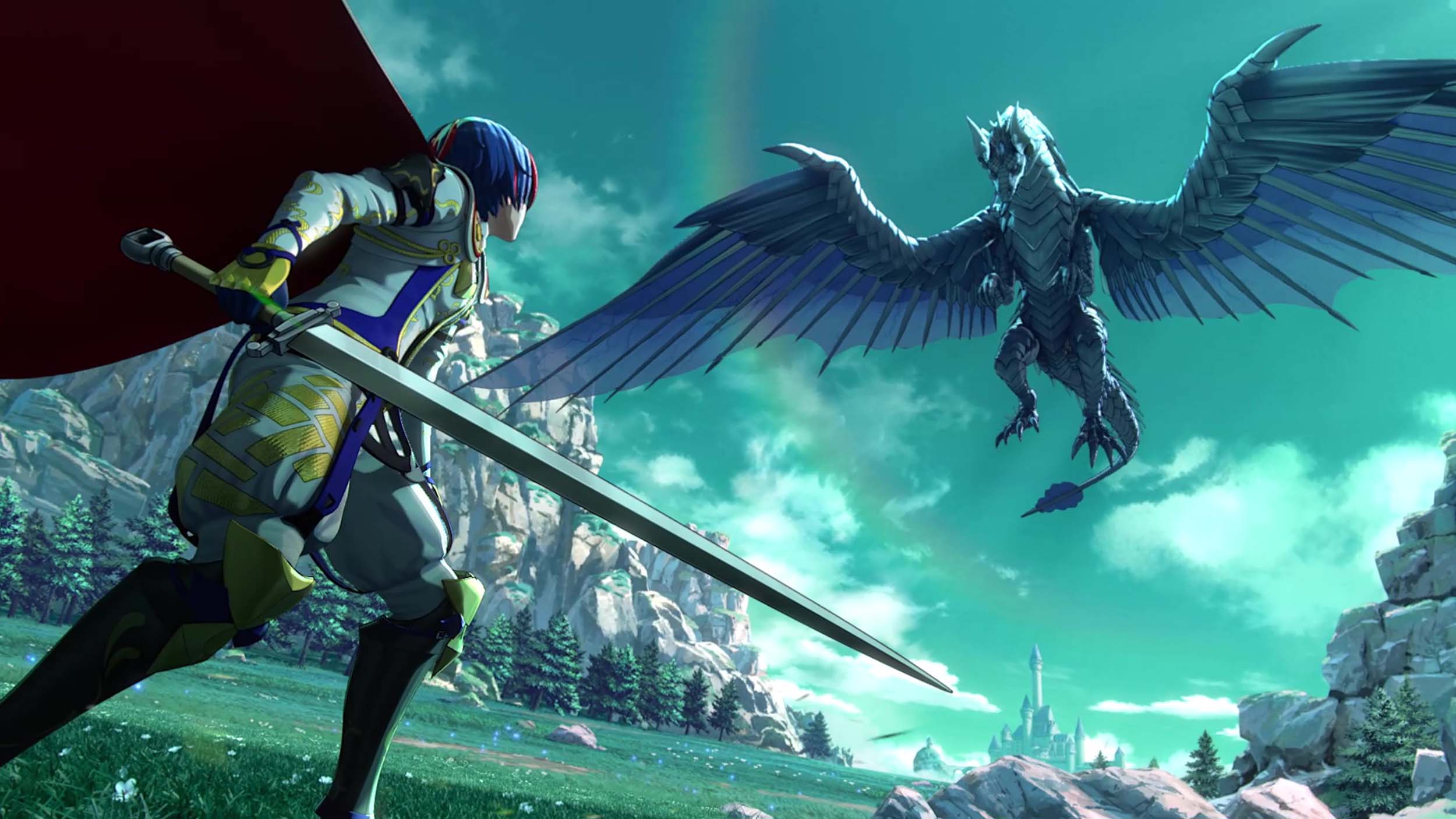Fire Emblem Engage steps into the grand arena established by its predecessors with both reverence and a dash of audacity. It endeavors to weave the rich tapestry of Fire Emblem’s storied past with the vibrant threads of modern gaming trends. This latest installment in Nintendo’s venerable tactical RPG series straddles the line between homage and innovation, presenting a conundrum of identity that both captivates and perplexes.
A Return to Roots with a Modern Twist
At its core, Fire Emblem Engage is a celebration of the series’ history, bringing together heroes from across the ages through the innovative Emblem system. This mechanic allows players to summon legendary characters from previous titles, integrating them into the strategic combat that has defined the franchise. The tactical depth of Engage is undeniable, with battles that challenge and engage, demanding careful planning and execution. The reintroduction of the weapon triangle, along with new dynamics like the “break” system, enriches the strategic complexity that fans have come to expect.

The Somniel: A Base of Operations with Room for Growth
The introduction of the Somniel, a floating castle serving as the player’s base, offers a plethora of activities ranging from mini-games to character interactions. However, this hub world sometimes feels like an afterthought, filled with repetitive tasks that offer little in the way of meaningful engagement. While it serves as a central point for preparation and character development, the Somniel’s potential feels underutilized, a missed opportunity to deepen the player’s connection to the game’s world and its inhabitants.
Character Interactions: A Mosaic of Missed Opportunities
Where Engage struggles most is in its narrative and character development. The story, a classic tale of good versus evil, lacks the nuance and complexity that have elevated previous entries in the series. Characters, while visually striking and initially intriguing, often fall into one-dimensional archetypes, with interactions that skim the surface of their potential depth. The support conversations, once a cornerstone of character development in the series, feel truncated, leaving players yearning for more meaningful connections.
On the technical front, Fire Emblem Engage shines. The game’s visuals are a feast for the eyes, with character designs that pop and battle animations that dazzle. The UI is clean and intuitive, making the strategic depth accessible without overwhelming players. The soundtrack, too, is a high point, with compositions that underscore the epic scope of the adventure and voice performances that bring the characters to life, even if the script does not always serve them well.
Fire Emblem Engage finds itself at a crossroads, looking back at its rich history while stepping into the future. It delivers a tactical experience that will satisfy longtime fans and newcomers alike but falters in crafting a narrative and world as engaging as its combat. As the series continues to evolve, one hopes that future entries will find a more harmonious balance between tradition and innovation, building on Engage’s solid foundation to create a truly memorable experience.










